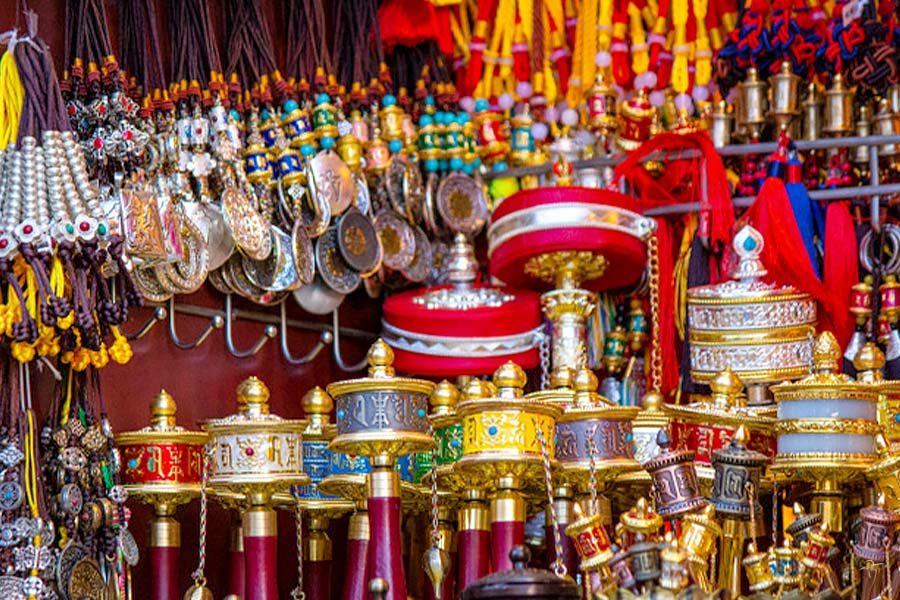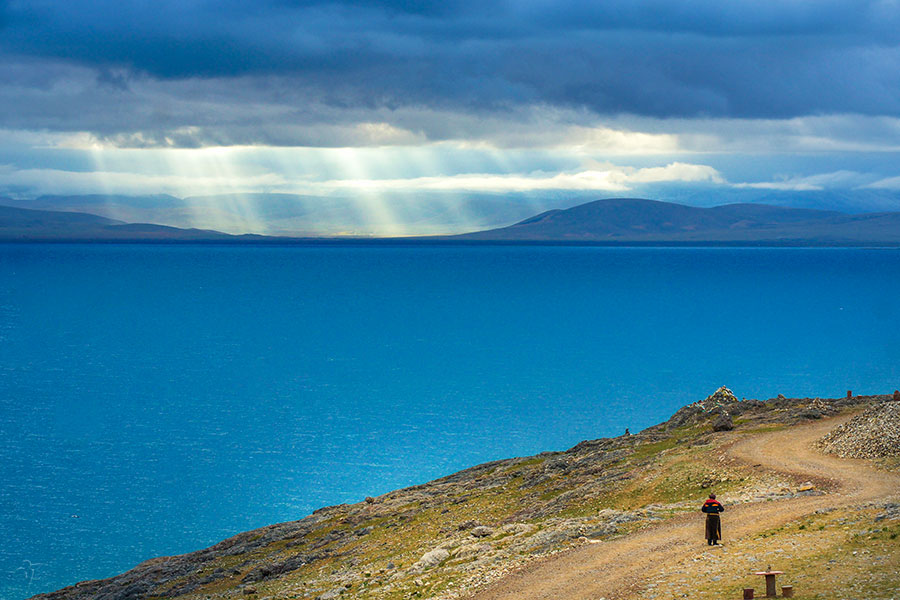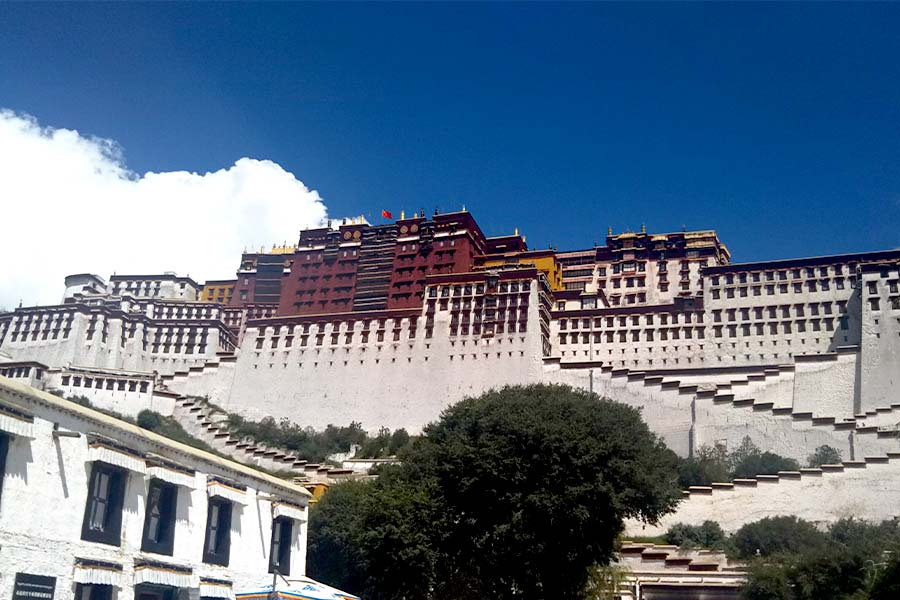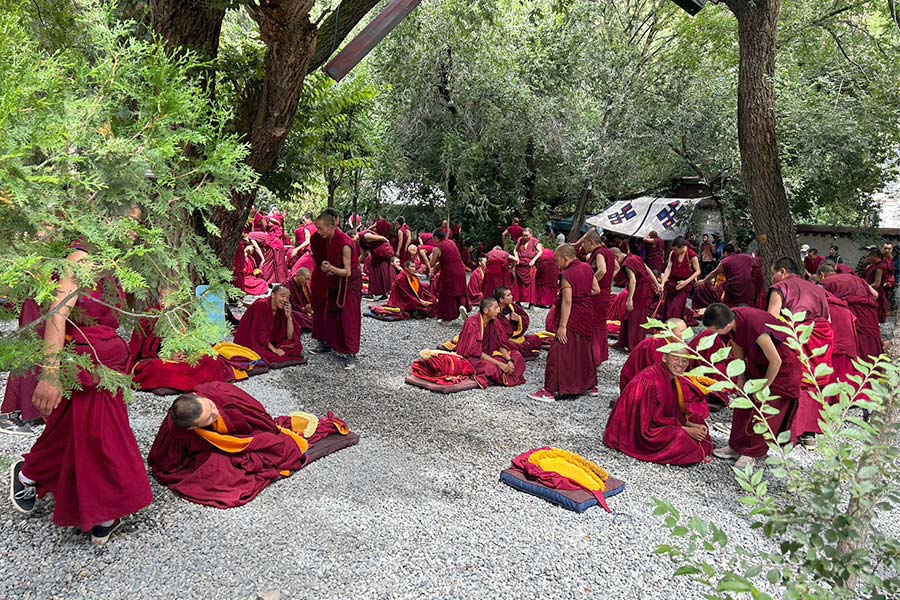Tibet
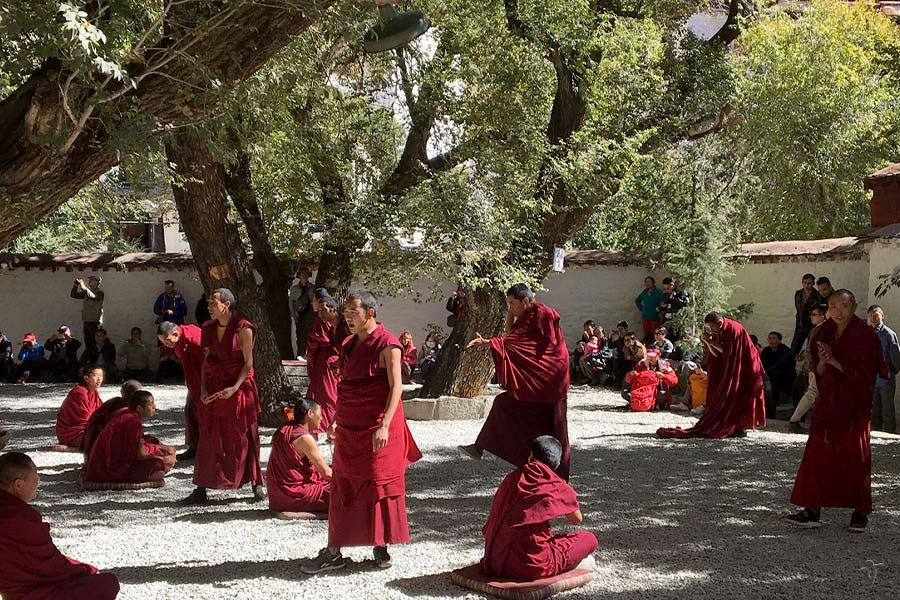
Tibet in brief
Tibet, just hearing this name makes our soul change, makes our spirit travel to another world of azure sky, temples, orange-clad monks and serene nomads. Tibet, also known with the names of Tibet Autonomous Region (TAR) or Xizang Autonomous Region is a province-level autonomous region of the People's Republic of China (PRC). Located in Northwest China, Tibet constitutes the second-largest province-level division of the country and one-eighth of the whole area. Its capital is Lhasa, meaning “holy land” in Tibetan. Often referred to as “the rooftop of the world” or “the third pole of the globe”, Tibet is a marvel for pilgrims to look for large-scale sceneries and Buddhist spirituality. Home to the Dalai Lama, Tibet fills the curiosity of people in need of rest and relaxing moments. Geographically speaking, the region is the highest on earth, located atop the vast Qinghai-Tibetan Plateau that is 4000-5000 metres high. Home to the grandiose Himalayas striding across the border between China and Nepal, the Mount Everest claiming at a height of 8848 metres above the sea level is a world top highlight. Basically, Tibet is a region that can be divided into two different parts that are the lakes region in the west and north-west, and the river region spreading out on the east, south, and west. The region enjoys generally long-day sunshine with strong radiation, rare rainfall and low temperature. Real large-scale natural area, Tibet is one of the five biggest pastoral areas in China with its 60,000 km2 of forest, timber resources as well as flora and fauna richness. The Tibetan nationality people account for 95% of the total population of Tibet, with the Han, Luoba, Mouggul, Cheng, Menba, Hui, Sharba and Naxi also form the other amount in the overall population. Still being a lowest region in term of population density due mainly to its harsh and rugged terrain, Tibet is nevertheless becoming a high tourist region since its opening to tourism in recent years. Travelers looking for some new spaces made of marvelous landscapes and altitude, teasing the highest mountains in the world will just be filled with happiness and spirituality by visiting this roof of the world: an everlasting memory in their whole life!
History of Tibet – Awe-inspiring landscapes home to the world’s Tibetan Buddhism
Tibet is one of the oldest cradles of humanity. Already home to some human activities in the late ages of Paleolithic, the region was historically speaking home to Tibetan people who occupied Nepal and parts of Yunnan. This started in the 3rd century AD that the Tibetan Buddhism religion characterizing Tibet emerged as a combination of the rituals of B?n (traditional animistic religion) and Indian Buddhism. At this period of time, the Tibetan army was known as a great power that controlled over the Silk Road and the city of Kashgar. Weaving matrimonial relations with the Tang Dynasty in the 7th and 8th centuries, Tibet nevertheless broke up into independent feuding principalities after the death of their King, Songzangarbu (Sontzen Gampo) in 842 AD. Developing into a real basis for everyone, Buddhism spread over and over in the whole area for being, in the 7th century a real way of life ruling monasteries politically after the 9th century. Indeed, the Gelugpa leader (Yellow Hat sect) entitled as the “Dalai Lama” (Ocean of Wisdom) started to preside the region in a religious and political way. In the Tibetan Buddhism religion, the ruling Dalai Lama is always considered as the reincarnation of the last. Upon his death, the monks search the land for a newborn child who showed some signs of embodying his predecessor. In the 13th century, Tibet became an administrative region of the Yuan Dynasty and this is only after the 1911 Revolution in China that administrative agencies of the PRC set up in the region. The region flourishing with numerous attractive cultural and natural assets was only opened to tourism in the 1980s.
Tibet nowadays – A top adventure tourism and spiritual pilgrimage destination
Today, Tibet is considered as one of the best hiking and adventure destination in the world. Composed of five main road routes to the capital city of Lhasa, foreign travelers planning to visit the region are just officially allowed to use the two Nepal (920 km) and Qinghai routes (1754 km), the other ones reaching the capital city from Sichuan, Yunnan and Xinjiang provinces being too dangerous and lacking of public transportation. Going to Lhasa from Qinghai or Kathmandou, renting a Land Cruiser is definitely the best way to enjoy the journey through this spectacular landscape across the Tibetan Plateau. Tibet is the holy land even for bicycle lovers. Every month, there are fans getting into Tibet with their bikes, from Chengdu to Lhasa, Yunnan province to Lhasha, Qinghai province to Tibet, etc. Also, countries and areas close to Tibet (Nepal, Mt. Everest, etc) are always the most favorite places for hikers, scientific researchers, and other outdoors activity fans. Being the highest point in the world, the altitude aspect in Tibet should not be underestimated as sudden rise in elevation and travelers altitude sickness are very common. Good physical conditions, supplies and clothing are necessary if looking for such a destination on your tour to China: minus temperatures can easily be reached in mountain passes at night. For travelers’ good information, this is important to know that the Tibet Autonomous Region has some travel restrictions to foreigners. Indeed, foreigners who want to visit Tibet must be part of a group and being in possession of a travel permit, e.g. TTB Permit (Tibet Entry Permit (Tibet visa)), PSB Permit (Alien's Travel Permit), F visa travelers special documents, etc, While traveling to Tibet, the still most convenient way to get in the capital of Lhasa is definitely by air through the airport of Lhasa Gonggar Airport and three other already planned or under construction (Qamdo Bangda Airport, Nyingchi Airport, and the Gunsa Airport). Tibet is the destination where making your soul exalt and reflect on the beauty of the Himalayan branch. Visiting the Potala Palace in Lhasa, the Jokhang Temple, Namtso Lake or the Tashilhunpo Monastery, observing the Lama Debating and the local’s pious worshiping by kowtowing step by step, Tibet will make you experience a living dream and feel your soul change at the gaze of its pure spirituality.
Tibet travel tips – Advices and courtesy behavior
Foreign guests and travelers who go the marvelous region of Tibet are more than welcome to visit the numerous temples and monasteries. Nevertheless, we recommend visitors to observe some courtesy behaviors in order to respect the life of monks and the overall spiritual mood.
- Please try not to touch or remove anything, take prayer flags or stones.
- Do not take photos during prayer meeting and/or ask for permission to take a photo especially if you are using a flash. Some fees can be inferred to you in larger monasteries.
- As for body language and privacy, make sure not to wear shorts or short skirts, and take off your hat.
- Of course, do not smoke in temples and monasteries.
Tibet tours
Quick Questions
Our team is waiting for your questions. Please feel free to ask us any questions you might have about our China package tours, Chinese culture, or the sites available. We will gladly help you with any special needs you might have and all questions, like our trip designing is completely free of charge.



